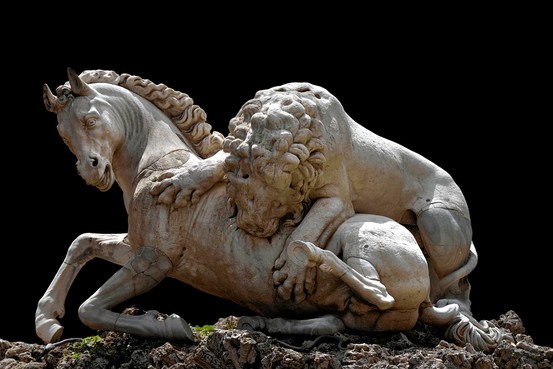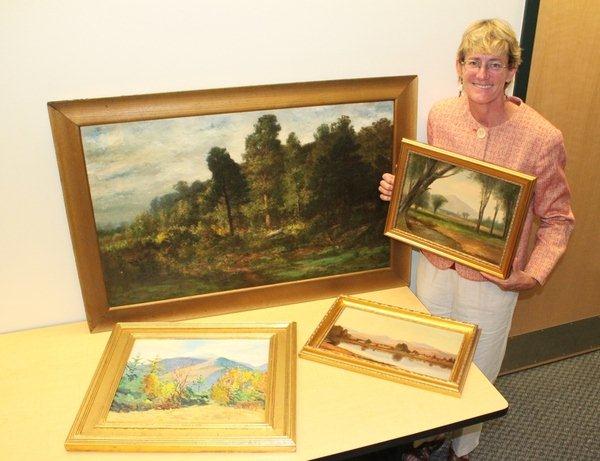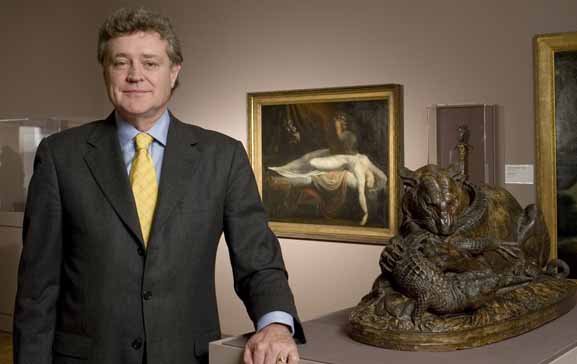If you’re in the neighborhood of Malibu, Ca., you may want to stop in at the Getty Villa one day soon. There’s you’ll find an ancient statue on loan from Rome’s mayor, part of his “The Dream of Rome” project through which he’s sending masterpieces from the Eternal City to American museums.
 Last December, I wrote about Bernini’s Medusa, which was sent to the Legion of Honor branch of the Fine Arts Museums sof San Francisco, and now Lion Attacking a Horse, which dates to the fourth century B.C., is at the Getty Villa.
Last December, I wrote about Bernini’s Medusa, which was sent to the Legion of Honor branch of the Fine Arts Museums sof San Francisco, and now Lion Attacking a Horse, which dates to the fourth century B.C., is at the Getty Villa.
Since its arrival in Rome from Asia Minor at some point before 1300 A.D.,  Lion Attacking a Horse has never before left the city. As I wrote in a brief article in today’s Wall Street Journal:
In 1300, the piece is mentioned in archival documents and located in the Piazza del Campidoglio on the Capitoline Hill – the first piece of ancient art in what became Europe’s oldest public art museum. By 1347, it had moved to the steps of the Palazzo Senatorio in the piazza, where it dominated an area used for the administration of justice and capital executions.
As a result, this dramatic depiction of a fallen horse being devoured by a ferocious lion came to symbolize the city of Rome.
There is stayed until about 1925, when it inexplicably went into storage. Now restored, it’s on loan to the Getty.
You may know this piece, however, because as Pat Wengraf, the London dealer, told me:
Probably the earliest reinterpretation of the antique marble in the Capitoline Museum is found in bronze group now in the Detroit Institute of Arts, which is signed by Antonio Susini (who worked for Giambologna circa 1580-1600). Susini’s bronze probably dates from circa 1580 -1590. However, many replicas of the ancient marble were reproduced in bronze on a much smaller scale particularly for the Grand Tourists who visited Italy from the late 17th century. Susini’s model of a “Lion attacking a Horse†is often found paired with a group of a “Lion attacking a Bull†– more usually on a small scale in bronze, but sometimes on a larger scale in marble.Â
Photo Credt: Courtesy of the Getty




